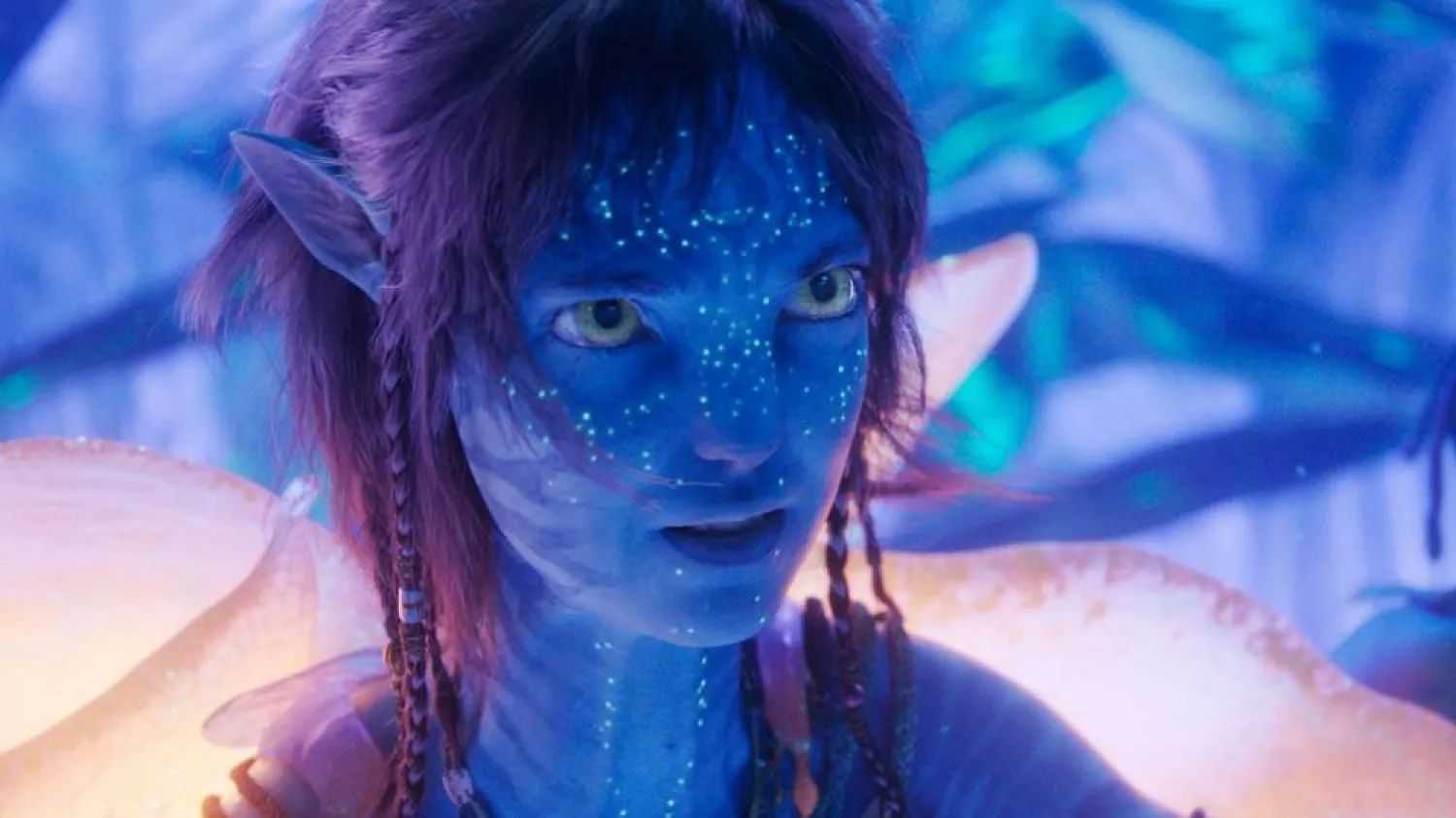Composer Tom Kitt got a compliment the other day that any songwriter would sing about.
A friend had seen his Broadway stage adaptation of Cameron Crowe's film “Almost Famous” and couldn't tell which songs Kitt had supplied and which ones were classics.
Mind you, those classics included songs by the likes of Elton John, Led Zeppelin, Cat Stevens, David Bowie, Deep Purple, Joni Mitchell and the Allman Brothers.
“I thought, ‘Well, then I’m doing my job,’” recalls Kitt, a Pulitzer Prize and Tony Award winner. “The goal here was in some ways to make it all feel like one voice.”
Kitt has teamed up with Crowe to turn the filmmaker's very autobiographical coming-of-age story for a new audience in a new age. The show, now in previews, opens Nov. 3 at the Bernard B. Jacobs Theatre.
“It feels like it’s a companion piece to the movie,” says Jeremy Herrin, the musical's director. “It’s another iteration of that story in another form.”
“Almost Famous” centers on a smart and earnest 15-year-old in the early 1970s who manages to get assigned by Rolling Stone magazine to do a profile of the fictional midlevel rock band Stillwater.
“It’s about a young man discovering that he can express himself with integrity and that life is better for him and those around him when he does so. And that’s a powerful thing to be reminded of,” says Herrin.
Crowe, the writer-director who won an Oscar for the film's screenplay, was inspired by his own experiences growing up and says he wanted the musical to “capture that same feeling that the movie did.”
In many ways, a stage adaptation makes perfect sense: The film is about loving music and had a community constantly bursting into song — something musical theater is built on.
“That communal feeling and that hang that you have going to a concert is also the thing that I experience when I go to Broadway. I’m going to be in a room with a bunch of people, having a shared experience, with storytelling and live music happening. So I think that there’s a real crossover,” says Lia Vollack, lead producer.
The film starred Billy Crudup as Stillwater's lead guitarist, Frances McDormand as the young man’s mother and Kate Hudson as Penny Lane, the band’s chief groupie or, as she prefers to think of herself, its muse.
“At the heart of it, it's a story that many people can relate to, which is finding your own family,” says Vollack. “You have your family that you’re with, who you love and who are a part of you, but also finding community outside of that.”
Kitt supplied 17 original songs, did the orchestrations and arrangements, and collaborated with book writer Crowe on lyrics. He was already a fan of the filmmaker's “Fast Times at Ridgemont High,” “Say Anything,” “Jerry Maguire” and “Vanilla Sky.”
“I love to write about connection and catharsis and what are things that trouble us. What are things that we are in motion on, and where do we settle and find great resolution and hopefully walk out of a theater feeling inspired and excited to talk about what you just experienced?” he said. “That’s a Cameron Crowe film for me.”
The challenge for Kitt was to write new songs alongside such classic rock songs as “Simple Man” by Lynyrd Skynyrd, “20th Century Boy” by T. Rex and “Ramble On” by Zeppelin. The film's score won a Grammy.
“When I was a classical pianist — just starting to study in the ‘80s — it was the music of the ’70s that took me away from Mozart and into Bruce Springsteen and Elton John and Billy Joel at my piano,” Kitt says. “The assignment was to write original music in the style of music that I love.”
The creative team chose to stud the musical with songs that reveal the characters' feelings. So if the film has a close up, the musical gets a song in its place. Kitt often plumbed the film's script for the lyrics.
Take the song “The Night-Time Sky’s Got Nothing On You,” a quiet moment between the muse and the guitarist. Kitt begins the song with dialogue from the film virtually word for word: “The way you turn a hotel into a home/The way you pick up strays wherever you go.”
“That was the goal for me because Cameron is a poet, and he writes poetry about our everyday experience. So it’s a natural for that to become lyric,” says Kitt, who has worked on the musicals “Next to Normal," Green Day’s “American Idiot" and Alanis Morissette’s ”Jagged Little Pill.”
The creators initially considered using only preexisting songs, but that posed a challenge to the storytelling. They also considered all original music but would awkwardly have to plop in John's “Tiny Dancer” — which is sung in a pivotal scene. Kitt, who has worked with originals and written his own, was the answer they needed.
“Tom just made it all flow together in this gorgeous tapestry of this world and created a world with it and it is seamless,” says Vollack. "Tom is very comfortable swimming in both waters."
The creators also took the opportunity to alter some things, like going deeper into the characters of the mom and Penny Lane, or as Crowe says “putting a little more padding in the shoulders of these characters.” Both women get songs, including “The Wind” for Penny and “Elaine’s Lecture” for mom.









